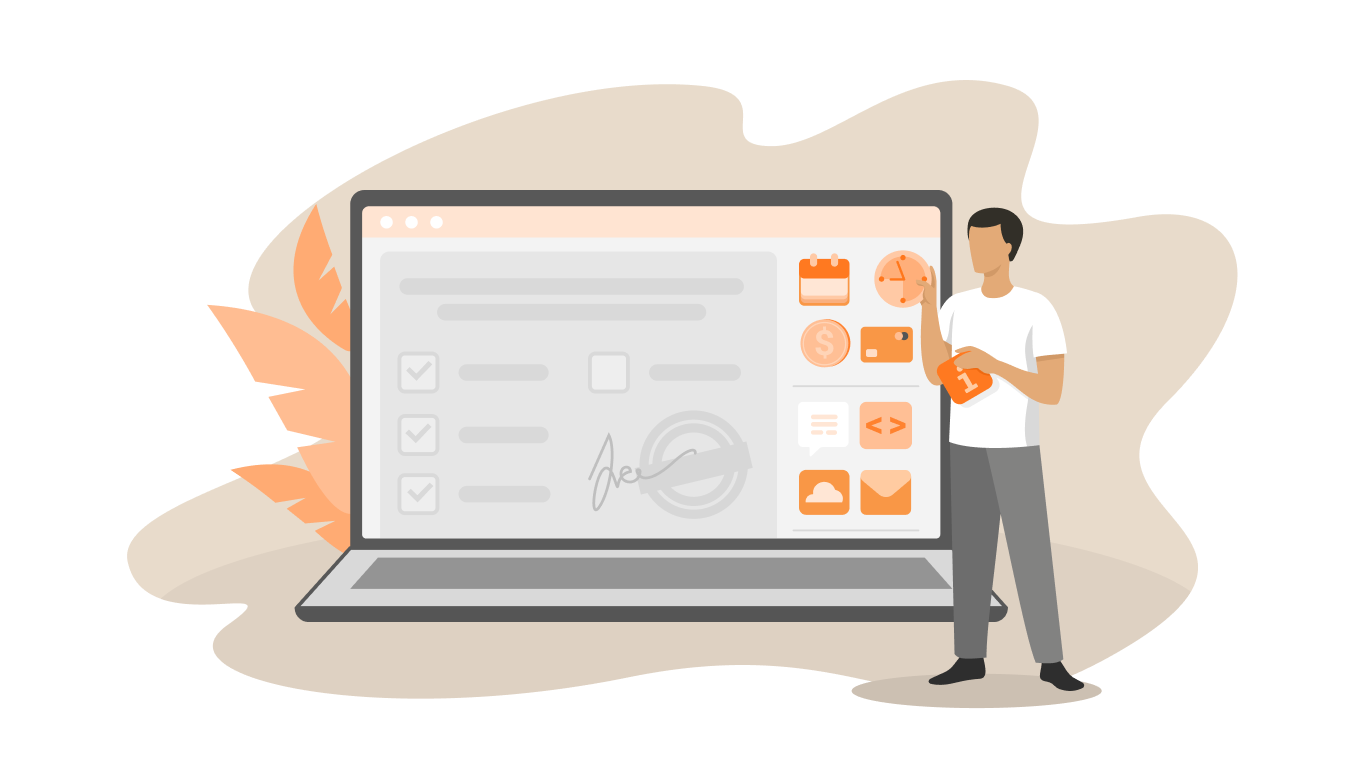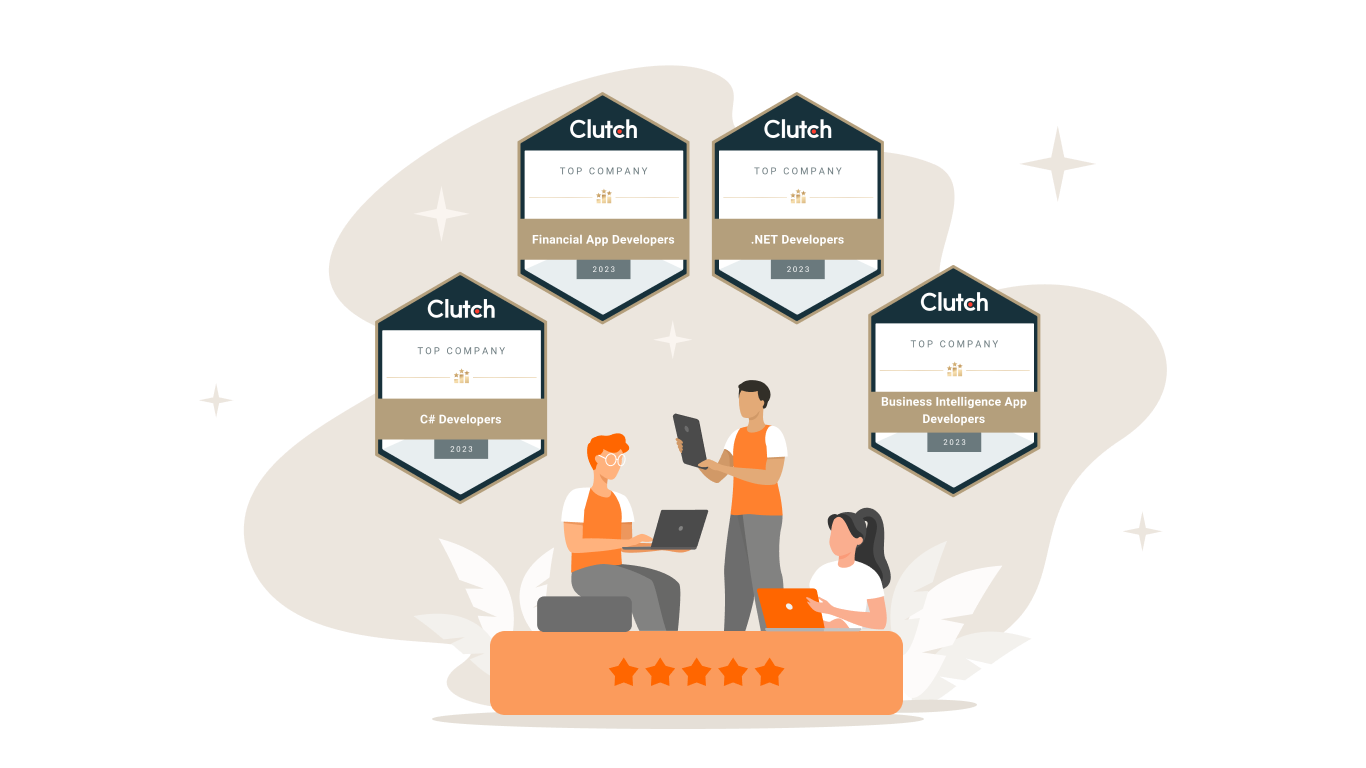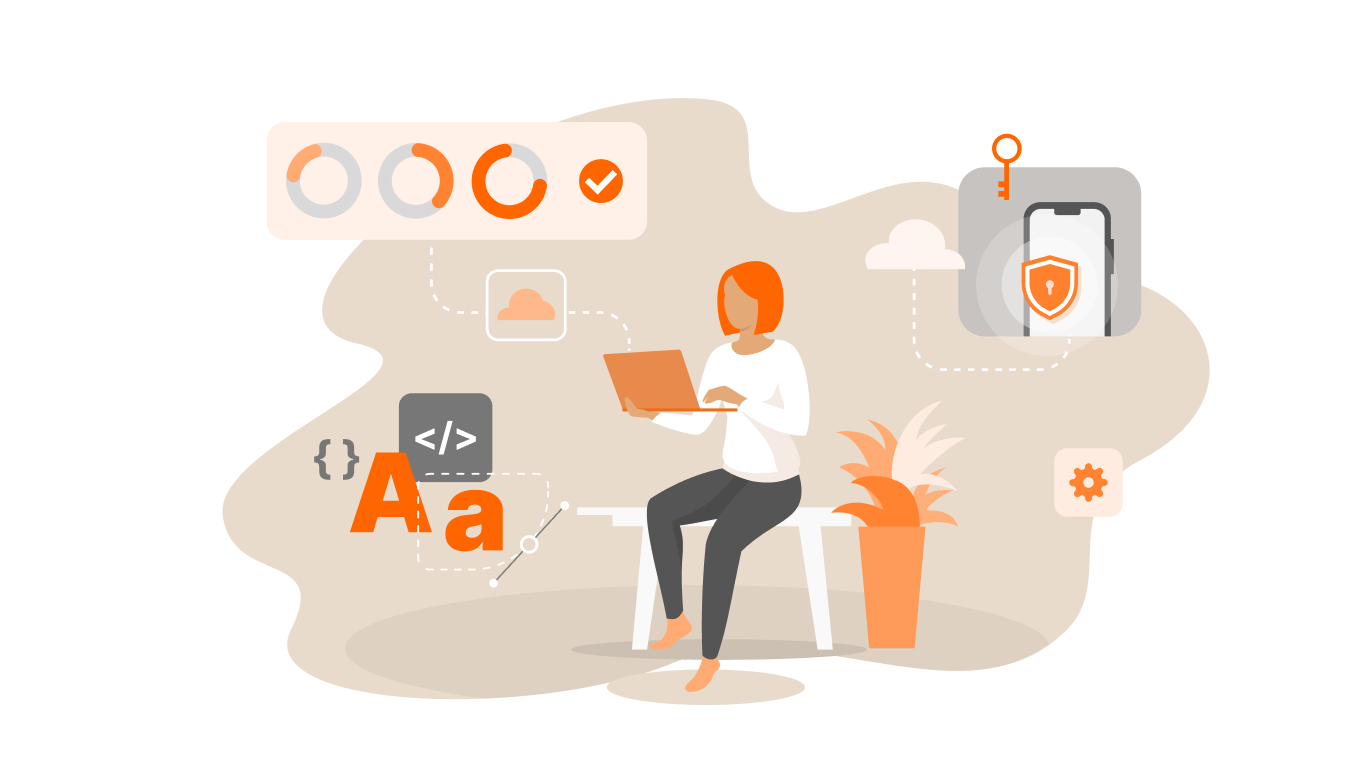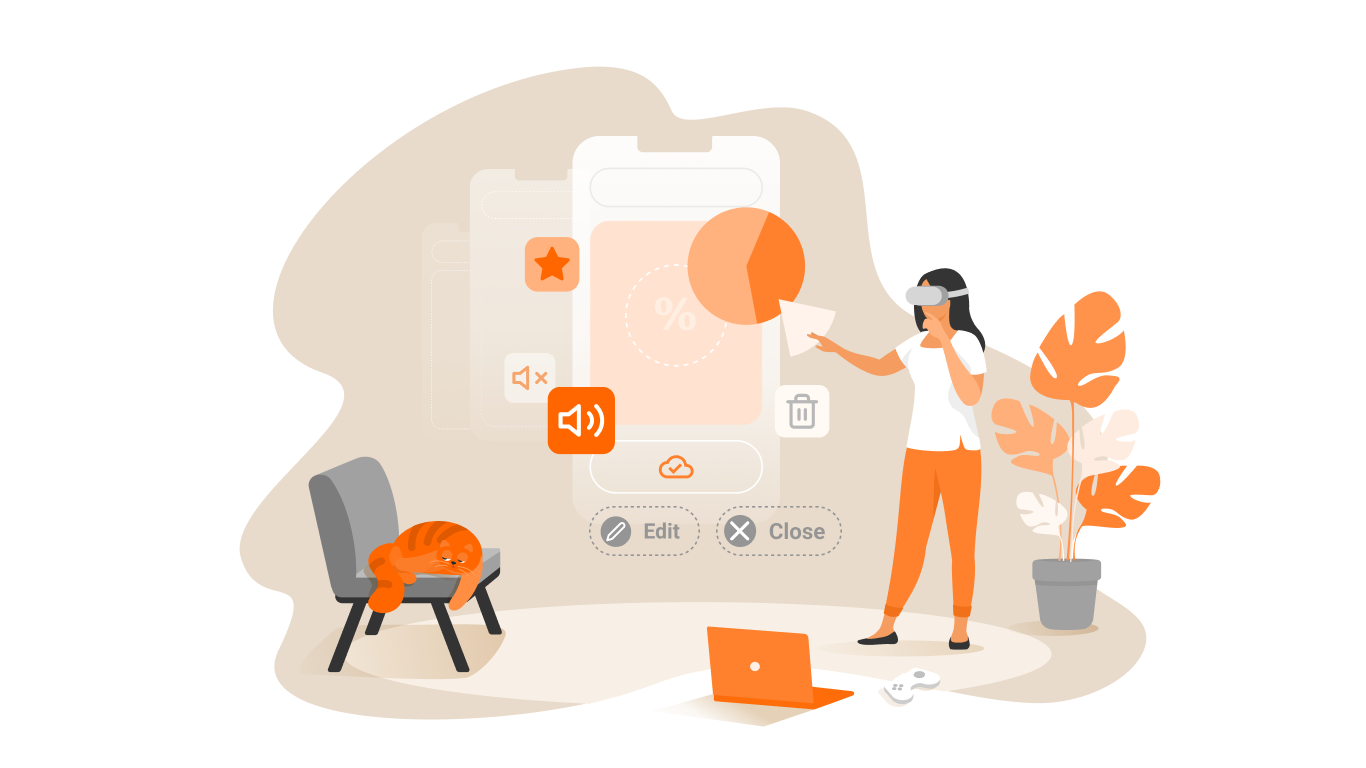How much money you can make with an app

If you are about to release your own mobile application for making money on it, you are in the right place. Be sure, you will learn from this article about how mobile applications can earn money for their creators, and, what is most important, how your application can do it for you.
First, let’s figure it out
What types of applications will allow you to get the most revenue
If you are suddenly faced a common opinion that mobile applications market is overflowing, that the demand is obscenely lower as compared with supply, don’t believe it. Surely people saying this see you as a competitor or the one who says something like this doesn’t understand the market at all.
So, you are confidently holding your line, but there comes a natural stage when you ask yourself confusing questions:
- How to develop a mobile application?
- Should I create my own mobile application or it would be easier to order it?
- How much money will be needed to develop a mobile application and where to get them?
- How to monetize an app?
It’s the right decision to ask such important questions. Don’t panic. You can either order the mobile application development, or you can develop it by yourself. On the Internet, there’s a lot of information about free and paid tools you can use to make the application, that will later bring you money. If you don’t want the extra added headache of worrying, you may order this service from the very beginning.
Whatever you choose to do, the question of what type of application to create will most likely be relevant for you. In this case, trust the numbers, not the intuition.
Need help in an app building? WRITE TO US. We will contact you today or tomorrow morning. Be sure 🙂
What to choose: iOS or Android?
In 2016, the Apple Store had more than 2 million applications and there were 2.4 million in the Google Play Market.
In 2017, more than 25% of developers earn more than $ 5,000 a month on iOS, while on Android, 16% of application developers make more than $ 5,000 a month.
If you want to create an application that will reach a large audience and bring results as soon as possible, the Android platform should be your first choice. At the same time, remember that iOS users are much more willing to spend money on the purchase of related products.
How apps can make money
Think in advance about how you will build your own monetization model, otherwise, all your hard work will be in vain. According to TechCrunch, more than 90% of applications on the market are free. At the same time, users are ready to spend 24% more on purchases inside a free app than on paid apps. Why so? People need first to make sure that the chosen application can give them value.
Yes, an initially free application yet contains an ad which will be launched later, that obviously annoys users. Nevertheless, 63% of developers still use it as one of the leading monetization models. It is real art to correctly combine different advertising strategies and application value.
How free apps make money: basic monetization strategies
Key application monetization strategies include:
- Advertisement: interstitial, native, video, display ads, banners
- Email marketing
- Subscriptions
- Sponsorship
- In-app purchases
- Freemium upsell
- Amazon Underground
- Physical purchases and merchandise
- Collecting and selling data
- Referral marketing, others
Let us consider in more details some of them.
Advertisement
- Interstitial advertising. It is a full-screen pop-up window that can be closed.
- Banners or display advertising. Usually, they appear in different sizes and stretch at the top or bottom of the screen. They are less intrusive (so users can freely interact with the application), but also have a low involvement (CTR = 0.1%).
- Video ads in the application. It’s displayed automatically or used as a “rewarded video”. For example, a user may receive application currency, additional lives in games, or additional functions as a reward for watching videos.
- Native advertisement. Created to blend in with the basic conceptual design, it appears in the application as its natural element. It’s usually used for product promotion.
Advertising types should be mixed to make them more beneficial.
Email Marketing
This is one of the most popular areas for apps monetization. Downloading an application, a user leaves his email, which you can then use to make email campaigns.
Sponsorship
This is another monetization tool if the provider creates a suitable niche application for users and launches it on behalf of another company. The main task is to find a sponsor with a similar or identical target audience and adapt its design according to the sponsor’s brand.
Subscriptions
The developer can provide users with a free trial period and charge a subscription fee for unlimited access. Only 5% of the most successful applications use subscriptions. Example: Umano app provides users with a limited number of podcasts for a fixed period of time until they subscribe to a premium account. The disadvantage of this type of monetization is that application developers must constantly provide valuable content and services to guarantee a subscription.
Purchases inside of the application
This option allows you to sell various virtual items directly inside the application, including additional bonuses, premium content, game currency, and goods, as well as unlock game levels. Examples:
- The mobile game developer Supercell reported that it earned $1 million a day on purchases in its Clash of Clans game.
- Pokemon Go users spend about $1.5 million daily on in-app purchases.
The disadvantage of this monetization model lies in technical aspects: it requires binding the payment system (PayPal) and implies an additional fee for using the payment system.
How Freemium Mobile Applications Make Money
They can be downloaded for free, but further free or paid features will be offered, access to which will be open after purchase only. This is a good way to get new users fast because additional features are optional.
Technically, this is the easiest revenue model for application publishers, since it requires to create two versions of the application only – a simple version and complicated. The disadvantage is that it’s difficult to convince users to buy additional features.
Cost Per Action (CPA)
There are a number of partner networks that will help you find a partner that fits your own mobile application. Networks are usually based on cost-per-action (CPA model) or distribution of revenue earned by advertisers.
How can you use this mobile app monetization model:
- Promotion of other applications
- Promotion of products through the “store in the app”
- Promotion of products through pop-ups or banners
Cost per thousand impressions (CPM)
This is a payment model based on the number of impressions. The advertiser is charged every 1000 times when displaying an affiliate ad.
Average mobile revenue per thousand impressions (RPM):
- Banners: iOS ($1.20 – $ 3.00) against Android ($1.15 – $2.50)
- Ads: iOS ($4.00 – $6.00) vs. Android ($3.00 – $4.00)
Application categories that generate maximum revenue:
- Entertainment & Digital Services.
- Lifestyle: workout tracking, taxi service, cooking applications.
- Finance and business: enterprise management, payment gateways, banking, investment, revenue accounting.
- Education: learning a foreign language, history, psychology, various courses, tests, etc.
To expand your app earning potential, keep in mind what is popular now. For example, Smart TV – an application can be a powerful additional tool (Netflix, Hulu, HBO), or a Smartwatch.
Technically important tools to use creating an application
- AdMob by Google – allows you to use Google Analytics to better understand the audience, strengthen advertising, and attract new customers;
- InMobi – it’s a tool that will help develop a successful UX;
- Facebook’s advertising app – this system offers to show advertising inside your application, making targeting more accurate and significantly more profitable.
- Amazon advertising system.
FTMMY: Facts That Must Motivate You
Pokémon Go was launched in 2016 and exceeded $2 billion in revenue by September 2018.
Uber reported that its revenue increased by 70% compared with last year to $2.6 billion.
Udemy is estimated at $113 million since its initial launch.
iSteam ($0.99 per download) – an app that simulates misted glass on the phone screen, generates revenue of more than $100,000 per month.
Fun application iFart earned more than $100,000 in just 2 weeks.
A Car locator worth $3.99 makes about $13,000 per month.
Advanced Task Killer – the developer earns more than $10,000 per month due to the initial sale price of $1.
Android GUI Beautiful Widgets – $2.49 per download, more than 500,000 downloads, the result is more than $1 million in revenue.
It’s important to remember: the guys who launched these applications were the same ordinary users like you. But they started to do something. Before you start all the work, make sure that you create an application that more closely matches the emotions of your users, but not your personal emotions.








